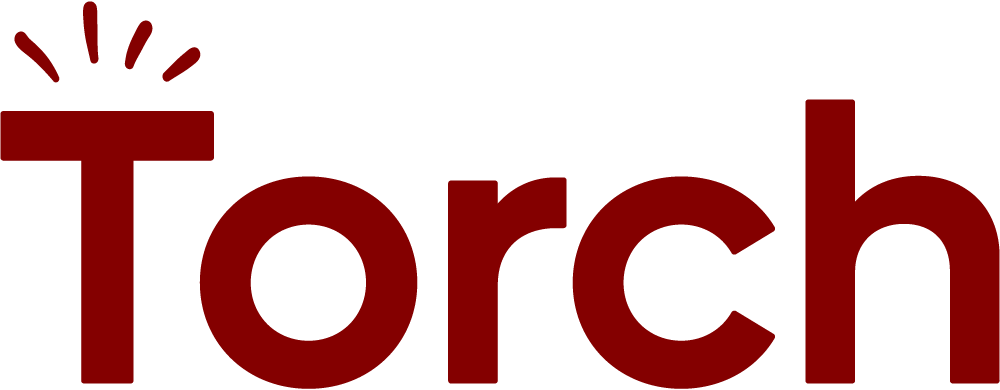Having a diverse workplace comes with many benefits: it can help you attract more candidates during the recruiting process, improve the financial performance of your business, boost creativity and innovation, and increase employee engagement.
But building a diverse workplace doesn’t happen overnight.
It’s an intentional process that takes time, resources, and patience to carry out.
In this article we’ll share six recommendations to help you get started.
1. Look for shared values
It’s important to establish a company culture that puts shared values at the forefront – rather than a specific personality type, age group, or demographic. Focusing on the latter will inevitably lead to a homogenous workforce that creates little space for diverse thoughts or people.
But how exactly do you hire candidates who share your company values?
First, we encourage organizations to take the time to identify the company values that are important to them. This can be anything from integrity to empathy to accountability. Once you’ve identified those values, they should be embedded in every aspect of your recruiting and hiring process.
Of course, this is easier said than done. Even with the best intentions, hiring managers may unconsciously look for a candidate who passes the “beer test,” rather than the person who is the best fit for the job and culture. To prevent this from happening, HR teams need to invest in training to mitigate personal biases and, instead, identify candidates based on their personal experiences, background, and perspectives.
2. Coach leaders on relevant skills
Leadership coaching, by emphasizing nonjudgment, self-awareness, and communication, can be an asset to advancing diversity, equity, and inclusion (DEI). Coaches can also help managers and executives develop the skills needed to build a more diverse and inclusive workplace.
For example, coaches who have a background in DEI can help leaders learn how to use inclusive language, manage diverse teams, navigate conflict resolution or difficult conversations, and overcome Imposter Syndrome – which tends to be especially prevalent among minorities.
3. Provide equitable mentoring opportunities
Equitable mentoring opportunities can help employees and leaders succeed within an organization – especially groups that are traditionally marginalized in the workplace. Studies have found that mentoring can help increase promotion and retention rates of minority men and women by 15% to 38%, compared to non-mentored minorities.
Unfortunately, without a structured mentoring program in place, it’s very easy for people – due to innate biases – to only mentor people who are similar to themselves. So if your organization has a lower number of minorities in upper management, that means other minority employees likely won’t have access to a mentor and therefore won’t reap the benefits of this relationship.
4. Build a leveling framework
A leveling framework, which Lattice defines as, “A system HR and People leaders use to define a job role, develop career pathways and internal mobility processes, and create clear levels or job hierarchies within an organization,” can remove subjectivity from an employee’s career growth.
To create a leveling framework, you need to outline each job level at your company, including the skills required and the responsibilities granted. The framework should also include the salary ranges of each level and the requirements needed to move from one to the next. Doing so ensures that employees are on the same page about which skills they need to progress, rather than encountering biased feedback or even a lack of attention toward their growth.
For example, multiple studies have shown that women are systematically more likely to receive vague performance feedback that doesn’t tie back to business goals. Removing unconscious bias from and establishing an objective framework for performance management ensures that all high-performing employees receive the opportunities they deserve.
5. Broaden your benefits offerings
Incorporating a diverse mix of benefits and perks can help you attract and care for a diverse group of employees.
To evaluate whether your benefits package is comprehensive enough, use the questions below:
- Do our offerings address a wide variety of needs and demographics?
- Can everyone access our benefits?
- Are our benefits equitable?
- For example, if we provide family-friendly benefits, are we also offering services that are helpful for same-sex couples, single parents, and employees struggling with infertility?
If you determine that you could stand to broaden your existing benefits, consider using a survey to collect employee feedback and identify the gaps in your current offerings.
6. Build a culture of inclusiveness
It’s natural for people to be drawn to others who are similar to them. But building a culture of inclusiveness requires employees to interact with people outside of their comfort zone. This establishes your organization as a place where traits like open-mindedness, diversity in thought, and a willingness to be vulnerable are valued.
There are many things HR teams can do to encourage employees to engage with people they normally might not interact with – even when your company is remote. For example, you can use an app like Donut to randomly pair up employees for coffee dates. You can also encourage people to share recognition outside of their own teams and friend groups. Employee Resource Groups are also a great way to create space for people across the organization to come together.
It takes time to establish a culture of diversity and inclusion at work. Use these recommendations as a starting point, and you’ll eventually see results from a retention, financial, and engagement standpoint.
Want to learn how to leverage coaching and mentoring to improve diversity at your company? Download our ebook.


